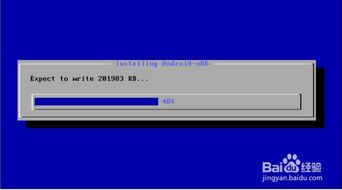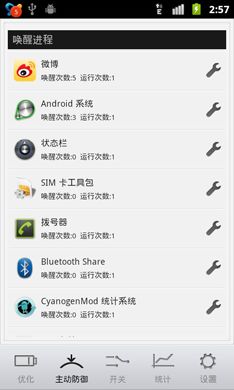
安卓系统英文标识大全, Introduction to Android System
时间:2024-12-23 来源:网络 人气:
安卓系统英文标识大全
Introduction to Android System

Android is an open-source mobile operating system based on the Linux kernel and developed by Google. It is designed primarily for touchscreen mobile devices such as smartphones and tablets. The Android system has gained immense popularity worldwide, thanks to its flexibility, customization options, and the vast array of applications available on the Google Play Store.
Android System Abbreviations

Understanding the abbreviations related to the Android system can help users navigate through various settings and configurations. Here are some commonly used abbreviations:
APK - Android Package Kit: The file format used for distributing and installing applications on Android devices.
ROM - Read-Only Memory: Refers to the firmware or software that is installed on an Android device, which cannot be easily modified by the user.
OTA - Over-The-Air: A method of updating the firmware or software of an Android device remotely, without the need for a physical connection to a computer.
ADB - Android Debug Bridge: A versatile command-line tool that allows users to communicate with an Android device from a computer.
Android System Files and Folders

Understanding the various files and folders in the Android system can help users manage their devices more effectively. Here are some key components:
System - Contains the core operating system files, including the kernel, system applications, and configuration files.
Data - Stores user data, such as app data, contacts, and media files.
Cache - Houses temporary files and data used by applications to improve performance.
App - Contains the applications installed on the device, including both system and user-installed apps.
Media - Stores all media files, such as photos, videos, and music.
Android System Languages

The Android system supports multiple languages, allowing users to customize their device according to their preference. Here are some commonly used language codes:
en - English
zh - Chinese
es - Spanish
fr - French
de - German
Android System UI Components

The User Interface (UI) of the Android system consists of various components that help users interact with their devices. Here are some key UI elements:
Home Screen - The main screen where users can access their apps, widgets, and other shortcuts.
App Drawer - A list of all installed applications on the device.
Notification Shade - A dropdown panel that displays notifications from various apps and system events.
Quick Settings - A panel that provides quick access to commonly used settings and features.
Settings - A comprehensive menu that allows users to configure various aspects of their device.
Android System Development

Developers can create applications for the Android system using various programming languages and tools. Here are some key aspects of Android system development:
Java - The primary programming language used for Android app development.
Kotlin - A modern programming language that is increasingly being adopted for Android development.
Android Studio - The official integrated development environment (IDE) for Android app development.
APIs - A set of programming interfaces that allow developers to access various features of the Android system.
Conclusion

Understanding the various aspects of the Android system can help users and developers make the most of their devices and applications. From system files and folders to UI components and development tools, the Android system offers a rich and versatile platform for users and developers alike.
Tags: AndroidSystem AndroidAbbreviations AndroidFiles AndroidLanguages AndroidUI Android

相关推荐
教程资讯
教程资讯排行













